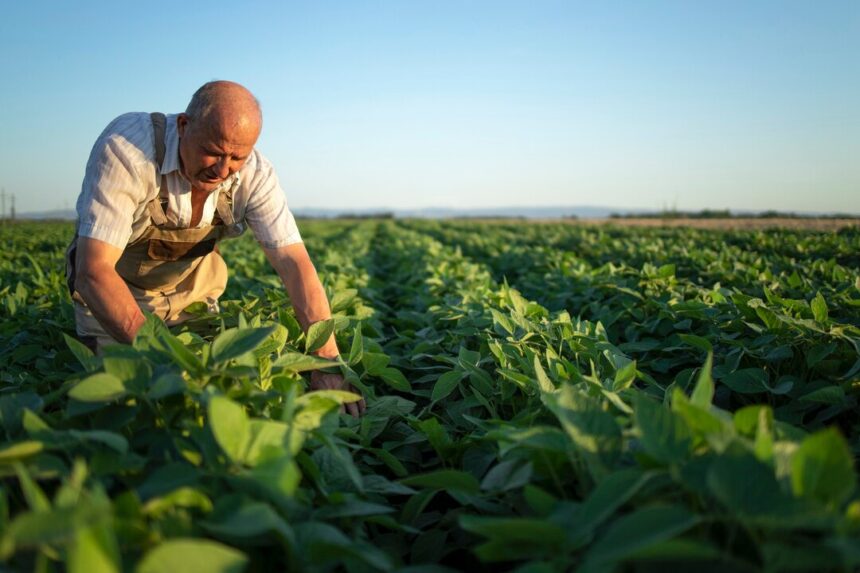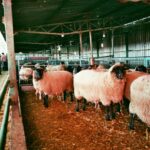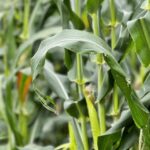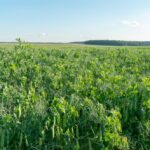Starting a farm requires careful planning, particularly when it comes to infrastructure and equipment. A well-organized farm setup ensures efficiency, reduces operational costs, and supports long-term productivity. Here’s a guide to help new farmers establish the right infrastructure and equipment for a successful farming operation.
1. Selecting the Right Farm Location
The first step in setting up a farm is choosing the right location. Consider factors such as soil quality, water availability, climate, and access to markets. A good location will support the type of crops or livestock you plan to raise while minimizing transportation and irrigation costs.
2. Essential Farm Infrastructure
Farm infrastructure plays a crucial role in supporting daily operations. Some key components include:
- Storage Facilities: Grain silos, barns, and cold storage units help preserve harvested crops and prevent spoilage.
- Irrigation Systems: Drip irrigation, sprinklers, or pivot systems ensure a consistent water supply, especially in dry regions.
- Fencing: Protects crops and livestock from predators and trespassers while defining property boundaries.
- Roads and Pathways: Well-maintained access roads improve movement within the farm, allowing for smooth transportation of goods and equipment.
- Housing and Workspaces: On-site farmhouses, workers’ quarters, and processing sheds provide space for farm management and labor needs.
3. Essential Farm Equipment for Beginners
The type of equipment you need depends on the scale and nature of your farming activities. However, some basic tools and machinery are essential for most farms:
- Tractors: A versatile machine used for plowing, planting, and hauling materials.
- Plows and Tillers: Prepare the soil for planting by breaking up and loosening compacted soil.
- Seed Drills and Planters: Ensure efficient and uniform seed placement for better germination.
- Sprayers: Help in applying fertilizers, pesticides, and herbicides to crops.
- Harvesting Equipment: Depending on your crop type, you may need combine harvesters, sickles, or threshers.
- Livestock Equipment: If raising animals, essentials include feeding troughs, milking machines, and veterinary tools.
4. Setting Up Efficient Water and Power Systems
A reliable water supply is crucial for both crops and livestock. Consider installing boreholes, wells, or rainwater harvesting systems for irrigation. Additionally, having a backup power source, such as solar panels or generators, ensures that essential farm operations continue during power outages.
5. Organizing Farm Layout for Efficiency
A well-planned farm layout improves workflow and minimizes unnecessary movement. Position crop fields, barns, and storage facilities strategically to reduce transport time. Separate livestock areas from crop fields to prevent contamination and ensure better farm management.
6. Safety and Compliance
Ensure your farm follows safety regulations and environmental standards. Install first aid stations, train workers on equipment handling, and practice proper waste disposal. Compliance with agricultural laws regarding pesticide use, water rights, and livestock welfare will help avoid legal issues.
7. Planning for Future Growth
As your farm expands, plan for additional infrastructure such as larger storage facilities, mechanized irrigation, and advanced automation. Investing in scalable equipment and technology ensures long-term success.
Setting up farm infrastructure and equipment requires careful planning and investment. By establishing essential facilities, choosing the right tools, and organizing the farm efficiently, new farmers can build a solid foundation for a productive and profitable farming venture.
Join 'Farmers Mag' WhatsApp Channel
Get the latest Farming news and tips delivered straight to your WhatsApp
CLICK HERE TO JOIN






